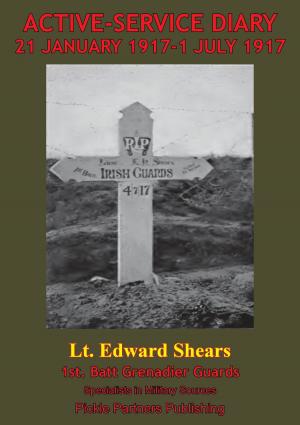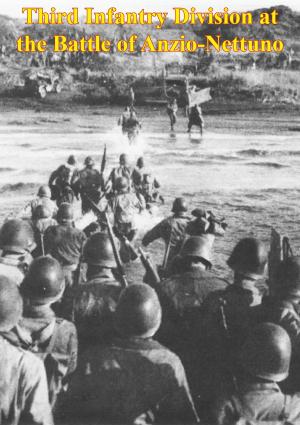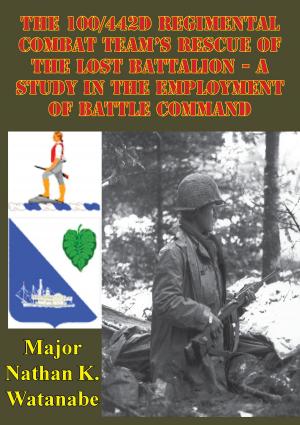The Evolution Of The Armored Force, 1920-1940
Nonfiction, History, Germany, European General, Military, United States| Author: | LTC Edward J. O’Shaughnessy Jr. | ISBN: | 9781782898115 |
| Publisher: | Lucknow Books | Publication: | August 15, 2014 |
| Imprint: | Lucknow Books | Language: | English |
| Author: | LTC Edward J. O’Shaughnessy Jr. |
| ISBN: | 9781782898115 |
| Publisher: | Lucknow Books |
| Publication: | August 15, 2014 |
| Imprint: | Lucknow Books |
| Language: | English |
In armored force circles the inter-war years are sometimes referred to as the “lean years.” The abolishment of the separate Tank Corps in 1920, the Depression Era budget constraints and a lack of national strategic vision have caused a mistaken belief that little attention was paid to the development of armored force structure and doctrine in this critical time period. In fact the evidence points to the contrary. Rather than development by a kick start in 1940, the evidence illustrates an evolution of armored doctrine and force structure. The process started immediately upon return from World War I by a core of tank visionaries and advocates. The fruits of their labors were realized in 1940 when war demanded the rapid fielding of armored divisions. The fact that fourteen divisions were fielded in four years, when none had existed previously, is testimony to their efforts. This paper is told from their perspective. In the face of significant institutional obstacles these tank advocates responded to a higher calling. The inter-war period has parallels for us today. Once again we have declared victory, are downsizing our force structure and slashing our defense budget. Will we retain and encourage within our ranks visionaries and advocates to prepare our military for future conflict as we enter a new “lean years” era?
In armored force circles the inter-war years are sometimes referred to as the “lean years.” The abolishment of the separate Tank Corps in 1920, the Depression Era budget constraints and a lack of national strategic vision have caused a mistaken belief that little attention was paid to the development of armored force structure and doctrine in this critical time period. In fact the evidence points to the contrary. Rather than development by a kick start in 1940, the evidence illustrates an evolution of armored doctrine and force structure. The process started immediately upon return from World War I by a core of tank visionaries and advocates. The fruits of their labors were realized in 1940 when war demanded the rapid fielding of armored divisions. The fact that fourteen divisions were fielded in four years, when none had existed previously, is testimony to their efforts. This paper is told from their perspective. In the face of significant institutional obstacles these tank advocates responded to a higher calling. The inter-war period has parallels for us today. Once again we have declared victory, are downsizing our force structure and slashing our defense budget. Will we retain and encourage within our ranks visionaries and advocates to prepare our military for future conflict as we enter a new “lean years” era?
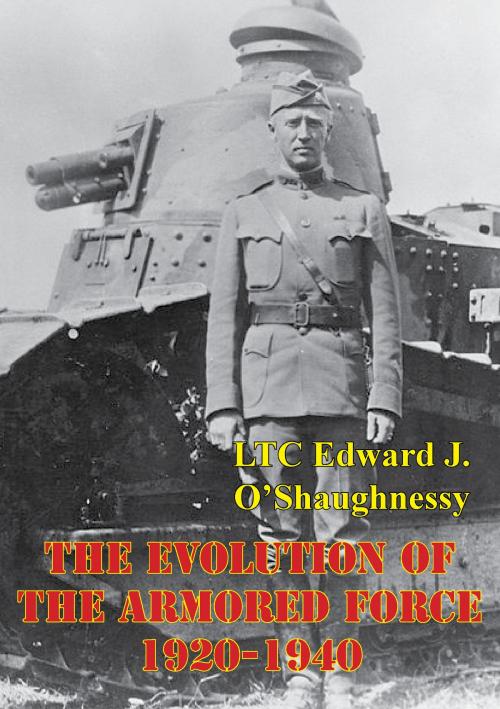
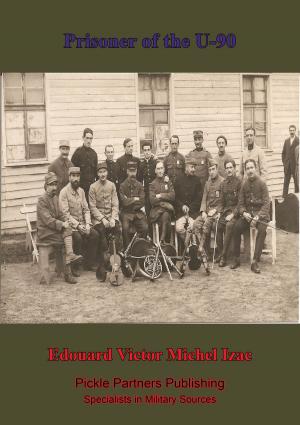
![Cover of the book Temporary Heroes [Illustrated Edition] by LTC Edward J. O’Shaughnessy Jr.](https://www.kuoky.com/images/2014/august/300x300/9781782893103-Zihm_300x.jpg)
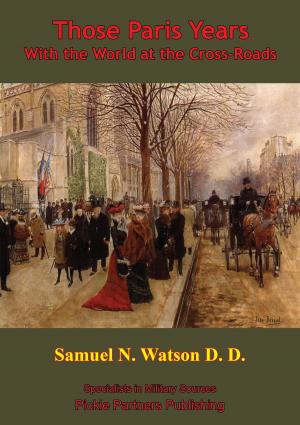
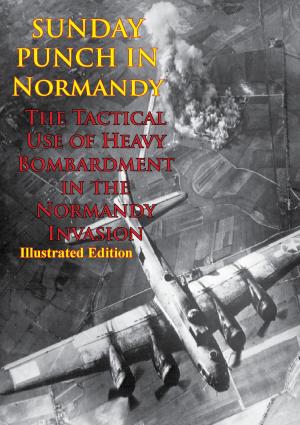
![Cover of the book U122: The Diary of a U-Boat Commander [Illustrated Edition] by LTC Edward J. O’Shaughnessy Jr.](https://www.kuoky.com/images/2015/november/300x300/9781786255433-3OF4_300x.jpg)

![Cover of the book Small Unit Actions During The German Campaign In Russia [Illustrated Edition] by LTC Edward J. O’Shaughnessy Jr.](https://www.kuoky.com/images/2014/august/300x300/9781782892533-ASXR_300x.jpg)
![Cover of the book The Note-Book Of An Attaché - Seven Months In The War Zone [Illustrated Edition] by LTC Edward J. O’Shaughnessy Jr.](https://www.kuoky.com/images/2014/august/300x300/9781782894827-qbjO_300x.jpg)
![Cover of the book The Mediterranean And Middle East: Volume II The Germans Come To The Help Of Their Ally (1941) [Illustrated Edition] by LTC Edward J. O’Shaughnessy Jr.](https://www.kuoky.com/images/2014/august/300x300/9781782896227-i80K_300x.jpg)
